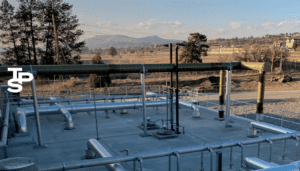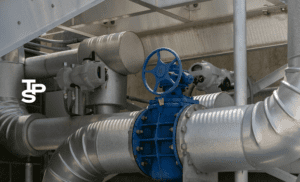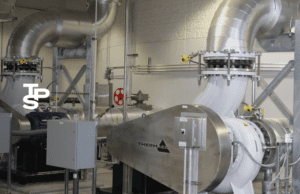Applications
- Wastewater
- Water
- Advanced Treatment/PFAS
- Aeration
- Booster Pumps and Stations
- Chemical Feed
- Controls and SCADA
- Dehumidification
- Disinfection
- Distribution System Monitoring
- Filtration
- Flocculation and Settling
- High Service Pumps
- Instrumentation
- Intake Screens
- Modular Buildings/Enclosures
- Reservoir Covers
- Softening
- Tower and Reservoir Mixing
- Valves and Actuators
- Well Pumps




